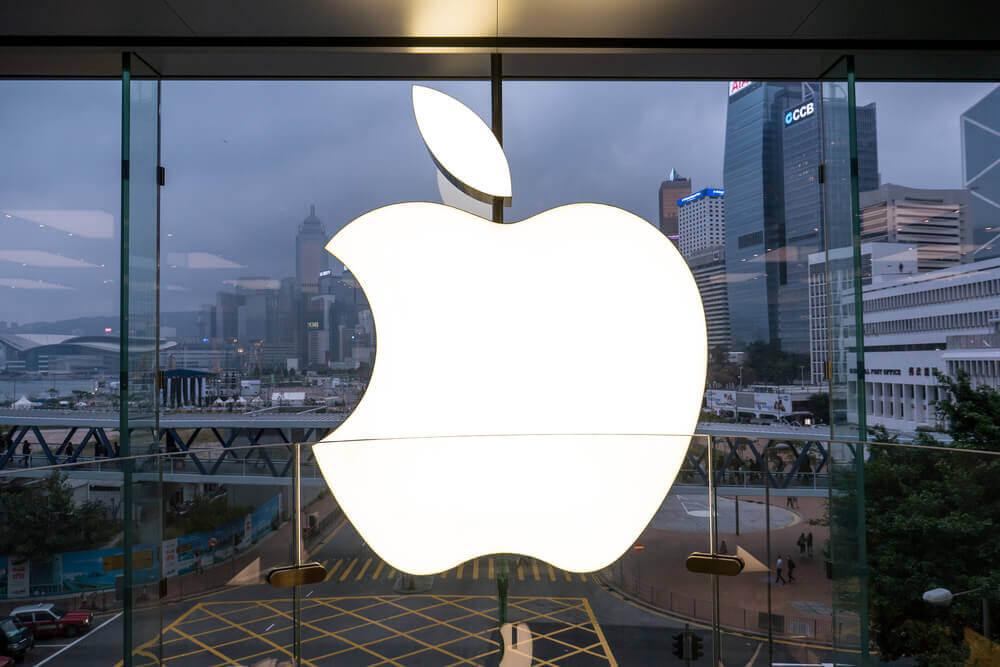
Apple Launches Emergency System
Top Canadian telecom companies are under pressure to ensure the success of Apple’s new service, which will allow Canadians to contact emergency responders in the event of a major outage.
The tech giant in Cupertino, California, asserts that its new Emergency SOS system, made available on iPhone 14 devices in Canada, will help people in even the most remote locations who lack cellular or Wi-Fi service connect.
According to Maxime Veron, Apple’s iPhone product marketing director, there are always places where cell towers don’t have full coverage, such as national parks and rural areas, so emergencies can quickly become a problem.
Apple identified the signals that assist devices in connecting to networks already being used by satellites. After that, modified hardware and software to enable iPhones to connect without bulky antennas and compress messages to emergency responders.
The company was able to reduce the average message size to one-third of its original size, which means that sending a message now takes only about that much longer. Apple collaborated with telecommunications companies to ensure iPhones could switch from satellite to cellular or Wi-Fi services, but such companies have no role in the Emergency SOS service’s operation.
The first two years of the service will be free, but Apple hasn’t specified how much it will cost after that. People can test the service in a demo mode before calling for support.
The launch occurs as Canada debates the best way to make emergency services more accessible during telecommunications network outages.
Last week, a Telus Corp. outage in southern Ontario prevented customers from calling 911 from a landline. Despite their assistance, Rogers could not transfer customers to rival carriers Bell and Telus.


